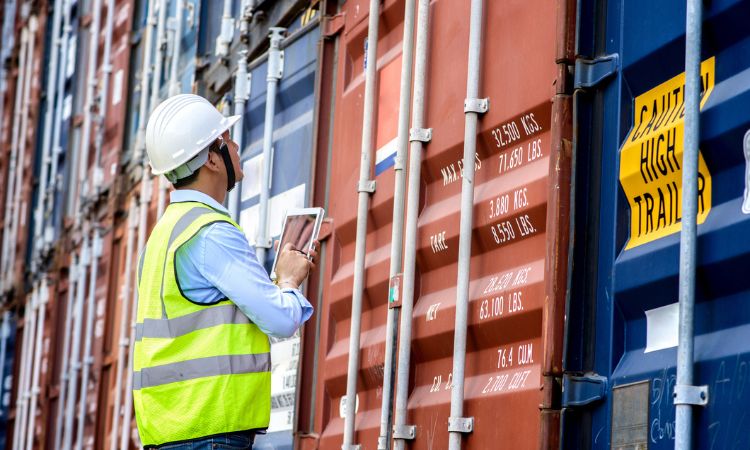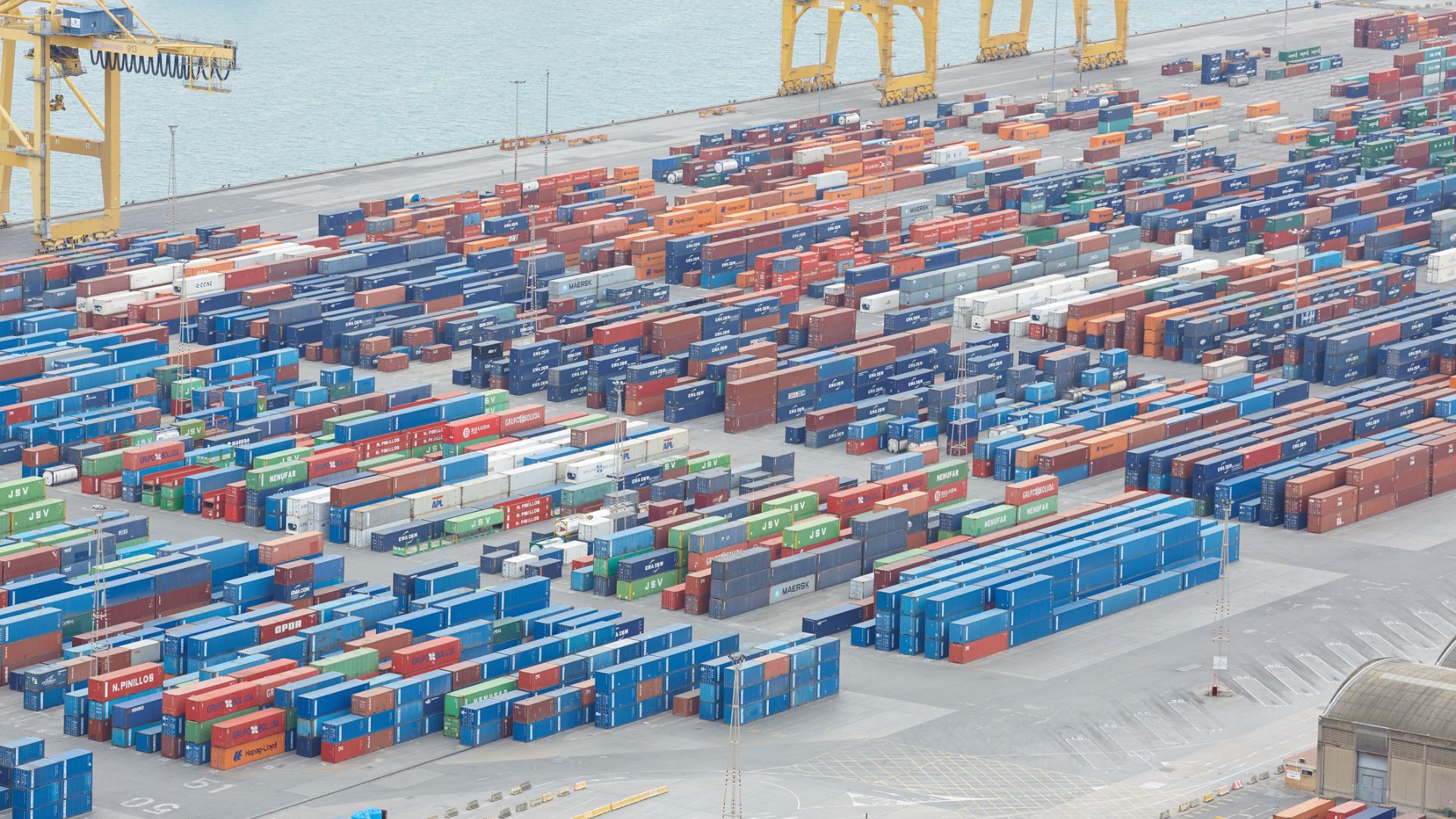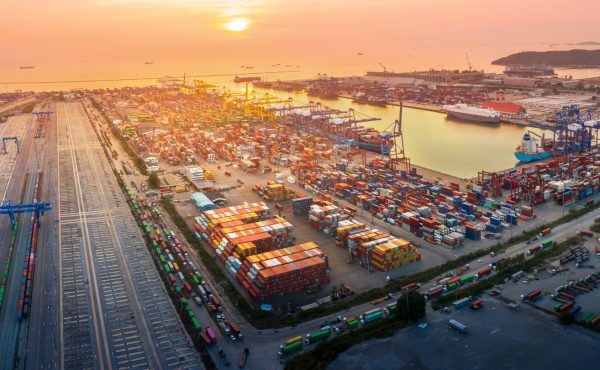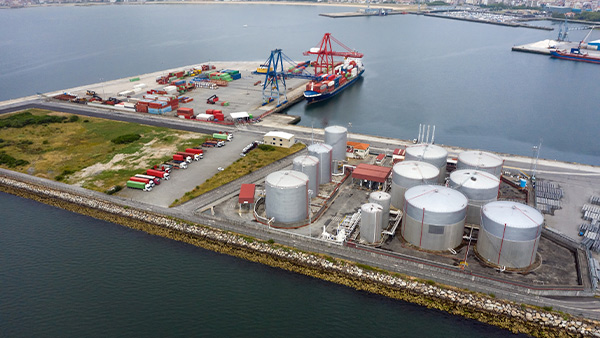How tariff classification impacts importers’ profit margins
In international trade, the profitability of an operation depends on many factors: transportation costs, transit times, exchange rates, and documentation management. However, one often-overlooked aspect can make a decisive difference in a company’s profit margins — tariff classification.
Assigning the correct tariff code is not only a legal requirement but also a strategic factor that directly affects the final import costs.
The role of tariff classification in profit margins
The tariff code (HS/TARIC in the European Union) determines:
- The type of duty a product must pay.
- The associated taxes (VAT, excise duties, etc.).
- The possibility of applying reductions or exemptions under international trade agreements.
An error at this stage can lead a company to pay more than necessary, reducing its profit margin without reason.
Direct impact on import costs
The effects of incorrect classification are immediately reflected in the operation’s profitability:
- Payment of higher duties. A wrong code may place a product in a category with higher tariffs.
- Loss of tariff preferences. Failing to apply a trade agreement correctly may prevent access to expected reductions.
- Penalties or surcharges. Customs authorities may impose value adjustments or fines that erode margins even further.
- Additional logistics costs. Customs holds can result in storage fees and delivery delays.
A practical example
Imagine a company that imports footwear.
- Incorrect code: 17% duty.
- Correct code: 8% duty.
On an operation with a customs value of €100,000, this misclassification would represent an additional €9,000 in costs. A single code can drastically reduce the profit margin.

How to protect margins through correct classification
To avoid these negative impacts, it is essential to:
- Analyze each product in detail (composition, use, function, presentation).
- Stay up to date with annual TARIC modifications.
- Review existing trade agreements that may reduce tariffs.
- Rely on customs experts who ensure accuracy and compliance in classification.
Logisber: your ally in optimizing margins
In a competitive environment, every percentage point of margin counts.
At Logisber, we help importing companies protect their profitability through accurate tariff classification—leveraging all available advantages and preventing unnecessary costs.
Contact us and turn tariff classification into a tool for improving your business margins.
Categorías
Compartir








